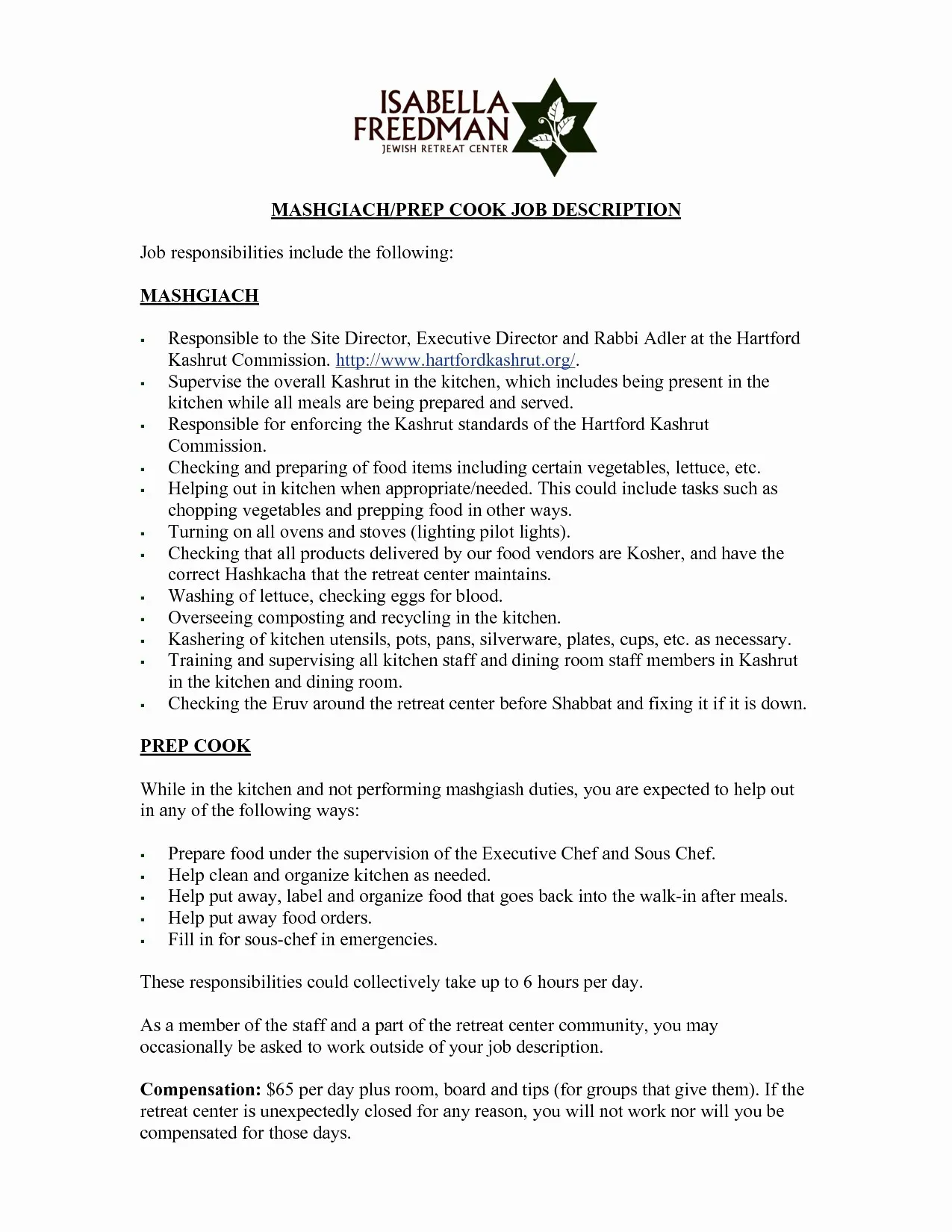What is a Cover Letter
A cover letter serves as your personal introduction to a potential employer. It accompanies your CV or resume and provides an opportunity to elaborate on your qualifications, express your interest in the specific job, and showcase your personality and communication skills. Think of it as a tailored narrative that complements the factual information presented in your CV. A well-written cover letter can significantly increase your chances of getting an interview, as it allows you to make a strong first impression and highlight how your skills and experience align with the employer’s needs and the job description. It bridges the gap between your qualifications and the specific requirements of the role, making it an essential part of any job application process. The cover letter gives you the chance to connect with the hiring manager on a more personal level.
Purpose of a Cover Letter
The primary purpose of a cover letter is to persuade the hiring manager to read your CV and consider you for the position. It’s your chance to make a compelling case for why you’re the ideal candidate. The cover letter serves as a means to express your enthusiasm for the job, explain how your skills and experiences align with the job requirements, and demonstrate your understanding of the company and its values. It also provides an opportunity to personalize your application and showcase your writing skills. Beyond just listing your qualifications, the cover letter allows you to tell a story, highlighting relevant experiences and achievements and explaining how they make you a valuable asset to the organization. Essentially, it is a marketing tool that positions you favorably in the eyes of the employer.
Key Components of a Cover Letter
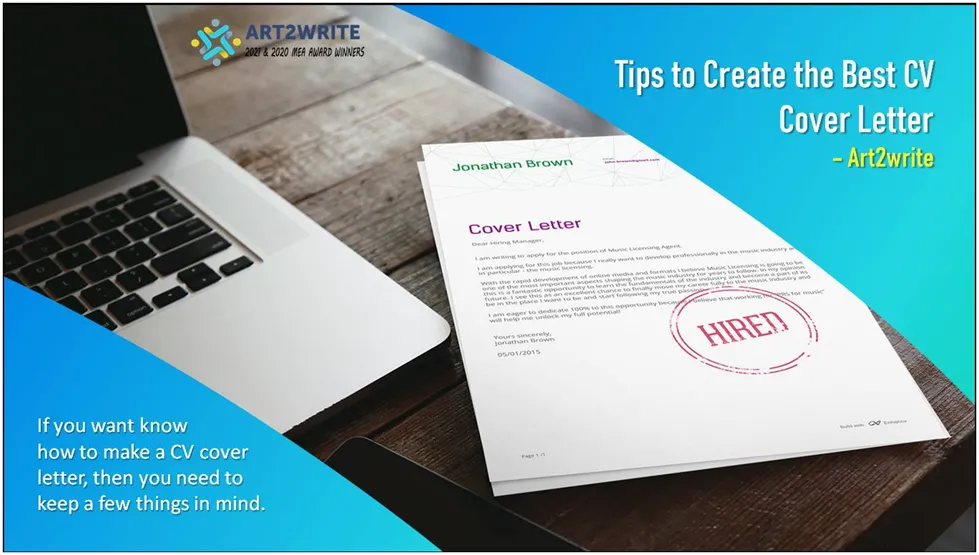
A strong cover letter typically includes several key components. Begin with a professional salutation, addressing the hiring manager by name if possible. The opening paragraph should grab the reader’s attention by clearly stating the position you’re applying for and expressing your interest. The body paragraphs should highlight your relevant skills and experience, providing specific examples to support your claims. Tailor your letter to the job description, emphasizing the qualifications that align with the employer’s needs. Conclude with a strong call to action, restating your interest and expressing your availability for an interview. Remember to proofread your letter carefully for any grammatical errors or typos. Finally, maintain a professional and respectful tone throughout the letter, showcasing your personality while adhering to business writing standards. Also, ensure your contact information is readily available.
What is a CV
A Curriculum Vitae (CV), often referred to simply as a resume, is a comprehensive document that provides a detailed overview of your academic and professional history. It serves as a record of your qualifications, skills, experience, and achievements. The primary purpose of a CV is to provide potential employers with a factual and concise summary of your background, highlighting your capabilities and suitability for a particular role. It is a formal document that is typically used in academic, research, and international job applications. The structure and format of a CV are generally more standardized than those of a cover letter, following specific guidelines for presenting information in a clear and organized manner. Therefore, the purpose of your CV is to give the hiring manager an overview of your professional history and background.
Purpose of a CV
The main purpose of a CV is to provide a detailed record of your educational background, work experience, skills, and accomplishments. It is designed to present a comprehensive overview of your qualifications and to demonstrate your suitability for a specific job or opportunity. Unlike a cover letter, which is more focused on personalization and expressing your interest, a CV is primarily factual. It aims to showcase your qualifications in a structured and easily accessible format. The CV is a record of your career journey, allowing potential employers to assess your suitability for a specific role based on your past performance, skills, and experience. It also demonstrates your commitment to professional development through training, certifications, and other achievements. Therefore, the objective of your CV is to prove that you have the necessary capabilities for the job.
Key Components of a CV
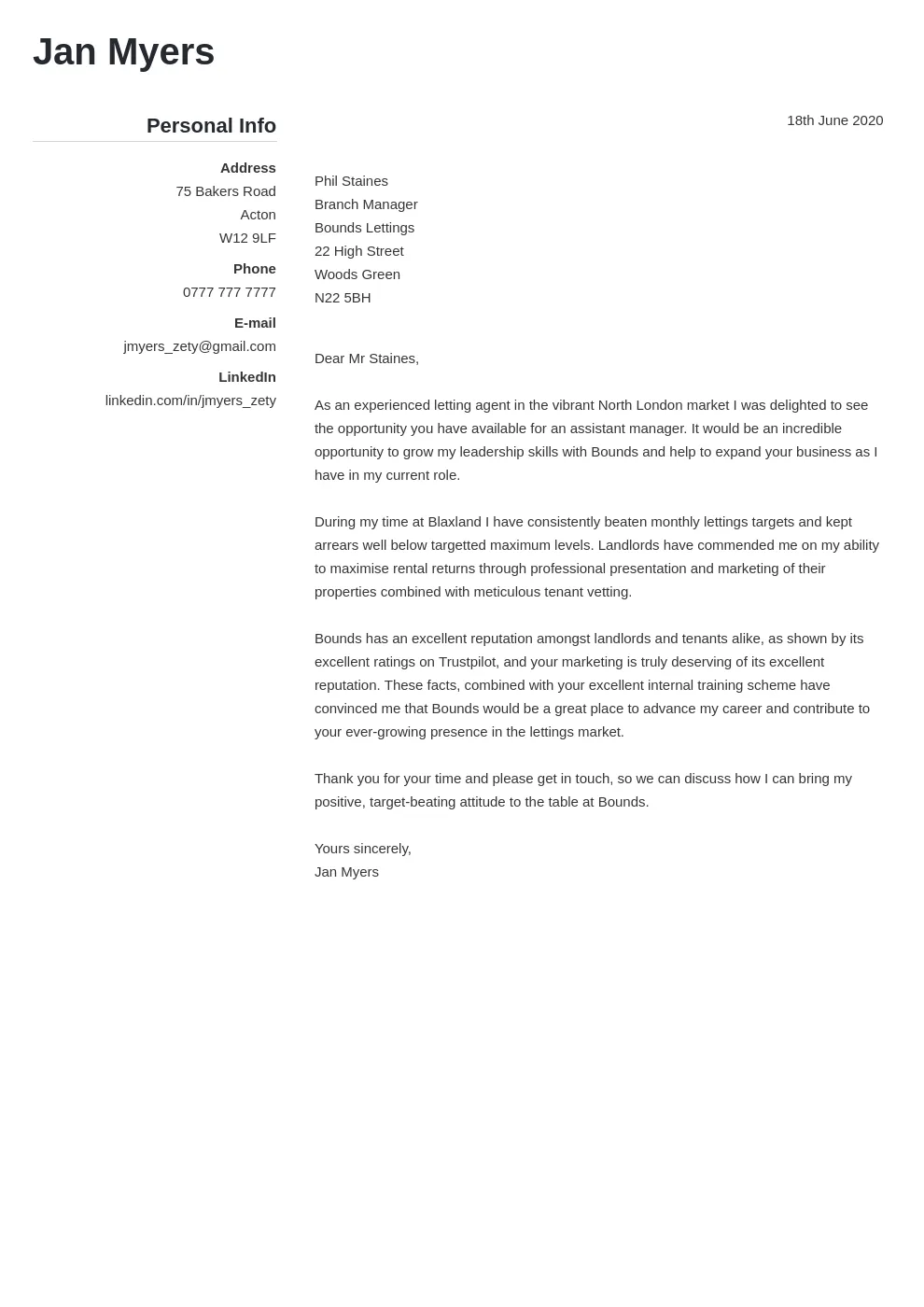
A typical CV includes several key sections. These generally include a summary or objective statement, contact information, work experience (chronologically), education, skills, and additional sections such as publications, presentations, and awards. The structure of the CV follows a clear format that enables employers to quickly find and assess your qualifications. Each section should be organized logically, with the most recent information presented first. Detailed descriptions of your work experience, education, and skills are crucial for highlighting your capabilities. When listing work experience, include the job title, company name, dates of employment, and a brief description of your responsibilities and achievements. Skills can be categorized as technical, soft, or language skills, and should be tailored to the requirements of the job. Always ensure your CV is up-to-date and proofread for any errors.
Top 5 Differences Between a CV and Cover Letter
Length and Scope
One of the most significant differences between a CV and a cover letter is their length and scope. A CV is typically a more detailed document, often spanning multiple pages, especially for individuals with extensive work experience or academic achievements. It provides a comprehensive overview of your career and qualifications. Conversely, a cover letter is generally much shorter, usually one page, and provides a concise summary and personalized introduction. The cover letter’s scope is narrow, focusing on expressing your interest in a specific job and highlighting the most relevant qualifications. The CV provides a broader view of your qualifications, while the cover letter is focused on a specific job.
Purpose and Focus
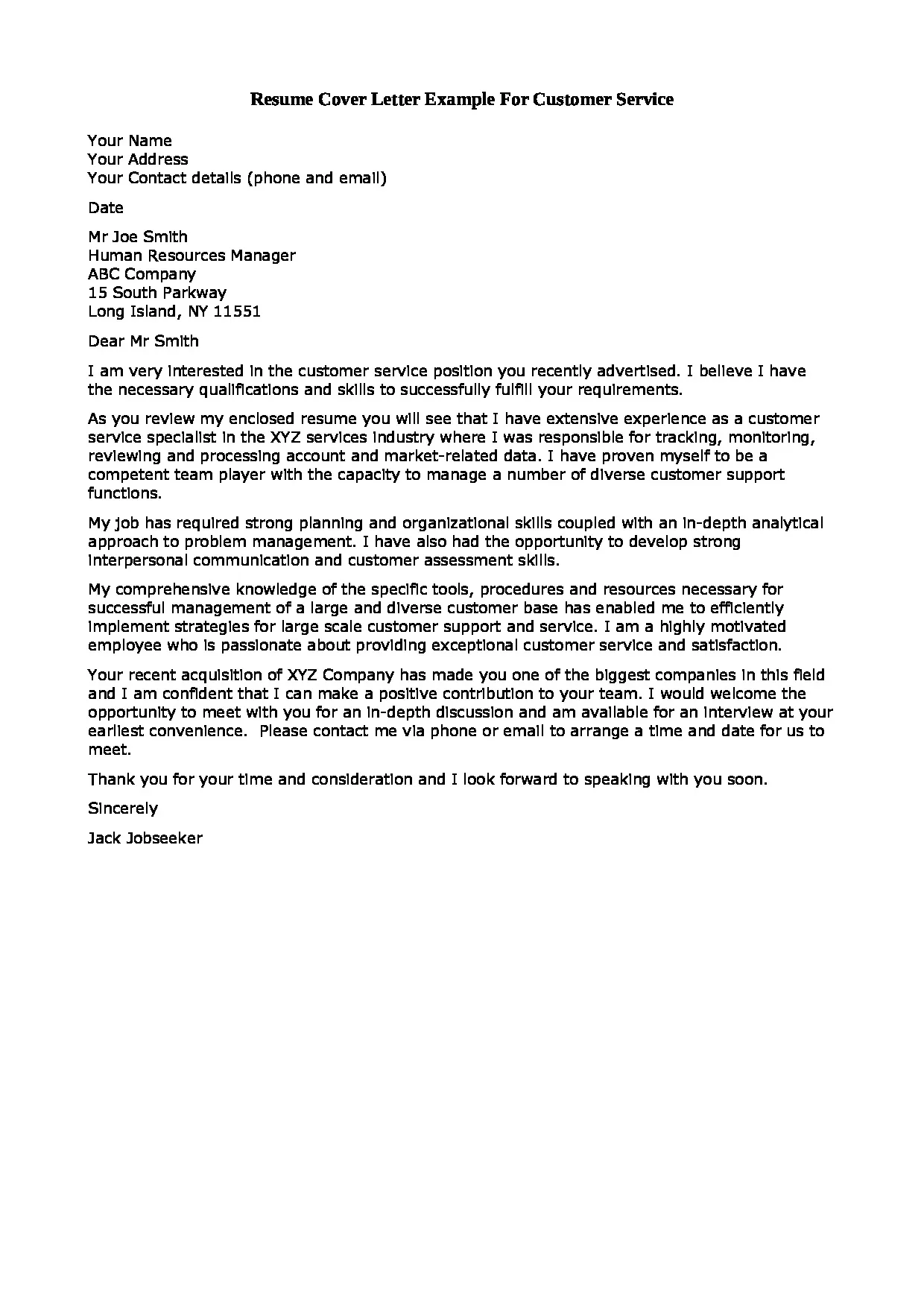
The purpose and focus also differ significantly. The main purpose of a CV is to provide a detailed and factual account of your education, work experience, and skills. It serves as a comprehensive record of your qualifications, presenting your background in a clear and structured manner. The focus of a CV is primarily on your professional history and accomplishments. On the other hand, the primary purpose of a cover letter is to express your interest in a specific job and to persuade the hiring manager to read your CV. The cover letter focuses on demonstrating how your skills and experience align with the specific requirements of the role and highlighting your personality and communication skills. Therefore, a CV is focused on demonstrating your capabilities, whereas the cover letter is focused on showing your interest in the job.
Content and Detail
The content and level of detail also vary. A CV provides a detailed account of your educational background, work experience, skills, and achievements. It includes specific dates, job titles, company names, and detailed descriptions of your responsibilities and accomplishments. The content in a CV is typically formatted in a structured and organized manner, making it easy for employers to quickly assess your qualifications. A cover letter, however, is less detailed and more narrative in style. It provides a brief summary of your qualifications, highlighting the most relevant skills and experiences. The focus is on conveying your personality, expressing your interest in the job, and tailoring your application to the employer’s needs. Therefore, the CV includes a more detailed account of your qualifications, while the cover letter gives a more brief summary.
Target Audience
The target audience also influences the structure and content. A CV is designed to appeal to a broad audience, including HR professionals, recruiters, and hiring managers. It’s a standardized document that presents your qualifications in a clear and concise manner, catering to a variety of employers and job types. The target audience for a cover letter, however, is more specific. It’s tailored to the hiring manager or the individual responsible for reviewing applications for a particular job. The cover letter is crafted to address the specific requirements of the role, demonstrating your understanding of the job and your suitability for it. Therefore, the CV is directed toward a broad audience while the cover letter is directed toward a specific audience.
Format and Style
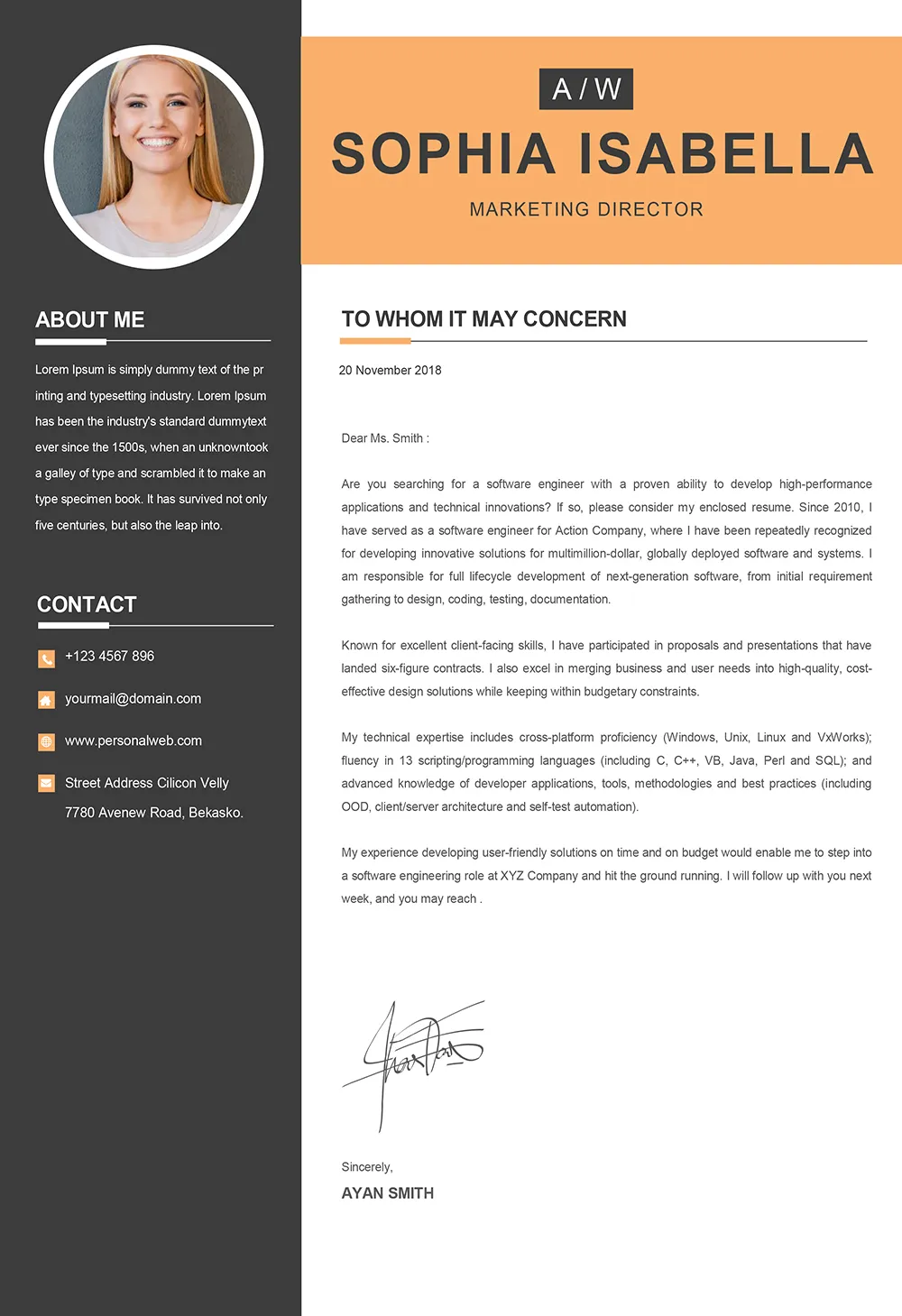
The format and style of a CV and a cover letter also differ significantly. A CV typically follows a more structured and formal format, often adhering to specific guidelines for presenting information. The format is usually chronological or functional, providing a clear and organized view of your qualifications. The language is generally professional, factual, and concise. A cover letter, however, allows for more flexibility in format and style. The tone can be more personal and engaging, reflecting your personality and communication skills. The writing style is typically narrative, with the aim of telling a story about your qualifications and expressing your interest in the job. Therefore, the CV is more formal and organized, while the cover letter is more personal and adaptable.
When to Use Each Document
Cover Letter Application
A cover letter is typically required for job applications. It serves as a formal introduction to your application, providing a chance to elaborate on your qualifications and express your interest in the specific job. A well-written cover letter can significantly increase your chances of getting an interview. For most job applications, particularly in the United States and other countries, the cover letter is an essential component of the application process. It allows you to tailor your application to the specific job requirements and demonstrate your understanding of the company and its values. Therefore, you typically need a cover letter for most job applications.
CV Application
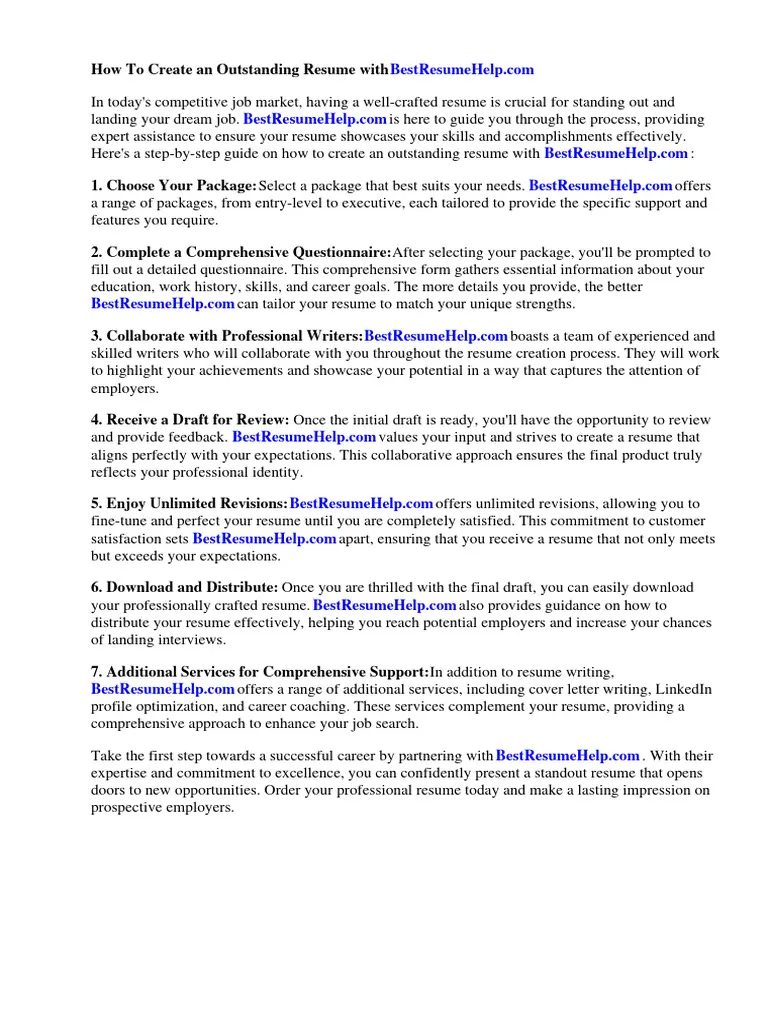
The use of a CV varies depending on the context. In the United States, a resume is more commonly used for most job applications, while a CV is typically required for academic, research, and some international positions. In many countries outside of the US, such as the UK and Australia, a CV is the standard document used for job applications. For academic or research-oriented jobs, a CV is often required, as it provides a detailed account of your educational background, publications, and research experience. Therefore, you typically need a CV for academic or research-based job applications and some job applications outside the US.
Tips for Writing Effective Cover Letters and CVs
Tailoring to the Job
One of the most important tips is to tailor both your cover letter and your CV to the specific job you are applying for. Review the job description carefully and identify the key requirements and skills the employer is seeking. Highlight your relevant qualifications and experiences, providing specific examples to demonstrate how you meet the job requirements. Customize your cover letter and CV to reflect the specific needs of the employer, ensuring that your application effectively showcases your suitability for the role. A generic application can be easily overlooked. Therefore, be sure to tailor your application to the job.
Highlighting Skills and Experience
In both your cover letter and CV, it’s crucial to highlight your skills and experience effectively. Use action verbs to describe your accomplishments and quantify your results whenever possible. Provide specific examples to support your claims, illustrating how you have used your skills and experience to achieve positive outcomes in previous roles. Tailor your skills section to include keywords from the job description. Remember to focus on achievements rather than just listing your responsibilities. Therefore, be sure to showcase your skills and experience effectively.
Proofreading and Editing
Always proofread and edit your cover letter and CV carefully before submitting them. Errors in grammar, spelling, and formatting can create a negative impression and undermine your credibility. Review your documents multiple times, or ask a friend or colleague to proofread them for you. Ensure that your documents are free from errors and that the formatting is consistent and professional. Therefore, proofread and edit your documents before you submit them.
